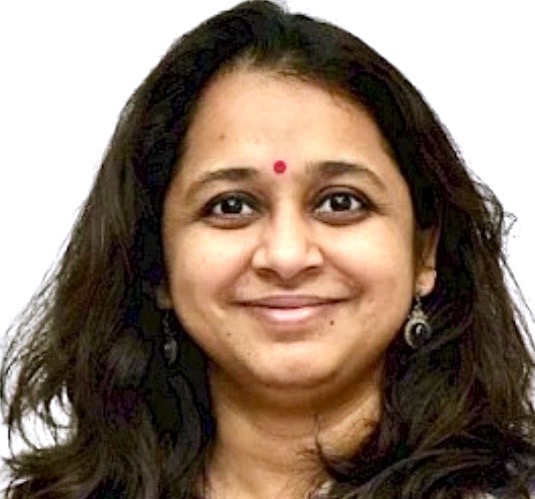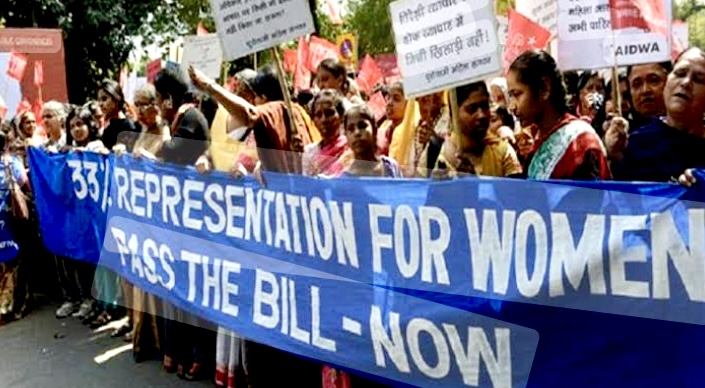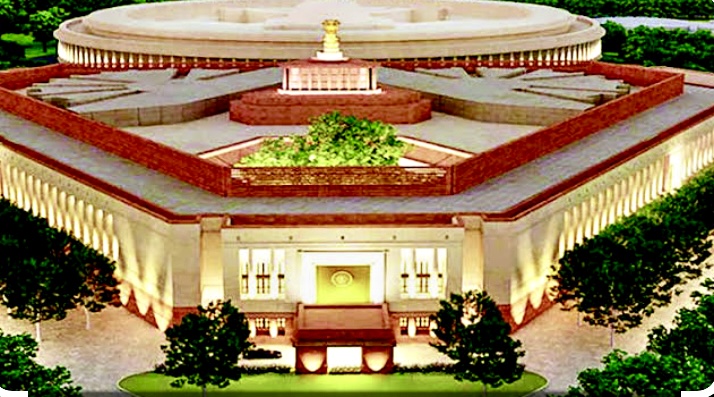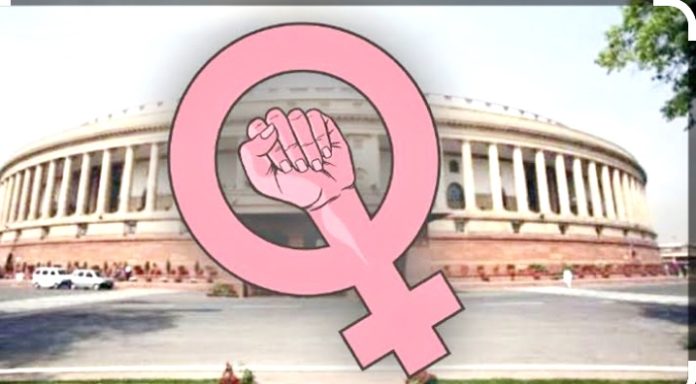
By Shabana Mitra, Senior Fellow, Indian Council for Research on International Economic Relations & Associate Professor(on Leave), Shiv Nadar University and Yuvraaj Singh Rahal, Polstrat India
The first images showing the newly appointed cabinet were striking, there were only two women in the cabinet and the Council of Ministers has a total of 7 women out of 72, which is less than 10%. Overall, the 18th Lok Sabha has only 13% women MPs. This is lower than the 17th Lok Sabha which had 14% women MPs. Party-wise, BJP has the highest number of women MPs, but in percentage terms, TMC has the highest percentage of women MPs (37%) followed by INC (13%) and then BJP (12%).
It's not the case that women contested and did not win elections! The picture was no better if we looked at the candidate's data, only 10% of all candidates were women. Though this has increased over time, the absolute number is still shockingly low. For the BJP about 16% of candidates were women and for Congress, about 13% of candidates were women candidates. Both of these numbers are much below the 33% that the women's bill hopes to establish.
Another interesting fact is that the success rate of women candidates is no worse than that of men. A simple back-of-the-envelope calculation shows that the winning probability is about 8% for women, whereas for men this probability is approximately 6%, so if anything, a woman who stands for election is more likely to win than a man. To get a more nuanced picture of the women's success probabilities, we can look at constituency-wise data. Of all the seats in which at least one woman contested, the chances that she won it are19.02%. Despite this, we see less than 20% of candidates from the two largest national parties. So it is not the case, that given a chance they will not win the election. So what is stopping more women from contesting (and winning) elections?

The answer may be deeply embedded in patriarchy. The long history of female representation across the world is a checkered one, with most developed countries not starting with female suffrage. Further representation of women in the legislature and the highest political offices is still low in most countries. The idea, that politics is a male-only profession is deeply embedded and comes from both the notions of patriarchy and also the idea that politics can be violent and has corruption that plagues it. In democracies like India, contesting elections is becoming increasingly expensive and contestants need to have access to large finances to contest elections. This is also an additional hindrance to increased women's participation.
Representation itself is a struggle, but this struggle continues as the elected members, search for their voice in the Lok Sabha. Women MPs are less likely to participate in Lok Sabha debates (on average 39 debates compared to 46 for males, in the 17th Lok Sabha), and less likely to ask questions in Question Hour and table bills. Their average attendance in sessions is also slightly lower than that of their male counterparts.
Some part of the absent voice is due to the hierarchy within the Lok Sabha, as the time allotted to speak, representation on standing committees, etc. take into account seniority in the Lok Sabha. This is an automatic hindrance to women's voices, as the facts show that they are less likely to even get a re-nomination, so how will they gain the experiences? The number of MPs who get re-elected is even more shocking. Of the females in the 17th Lok Sabha, only 43 got a chance to contest another election. Further, of these 60.47% won their second election (the re-election chances for men, were 67.37%). These numbers indicate that though women are contesting and winning elections, they are not able to have a continuous career, as women are still not perceived as being a part of the political climate.

Gender parity in politics is still a distant dream, as is evidentfrom the late gender gap report, where India has slipped two ranks, and one of the domains in which India has lost groundis the political empowerment of women. This is despite thefact, that Indira Gandhi still earns us some points in the ranking, for being a female elected leader in the last 50 years, one of the domains of empowerment in the GGR. However, we are slipping in political representation in the houses of Parliament and the Council of Ministers.
The challenges are many, and only representation will not solve the issues, the voice of the elected members, their chances of renomination and the process of elections itself becoming less patriarchal are needed to truly have the women's voice in Parliament. Though there is much talk of the women's reservation bill, the ground realities of the working of representation and voice of the representatives still need much work. The double sword of patriarchy and seniority/ hierarchy are hindrances to the true voice of women in Lok Sabha.
References:
• https://prsindia.org/parliamenttrack/vital-stats/participation-of-mps-in-the-17th-lok-sabha



